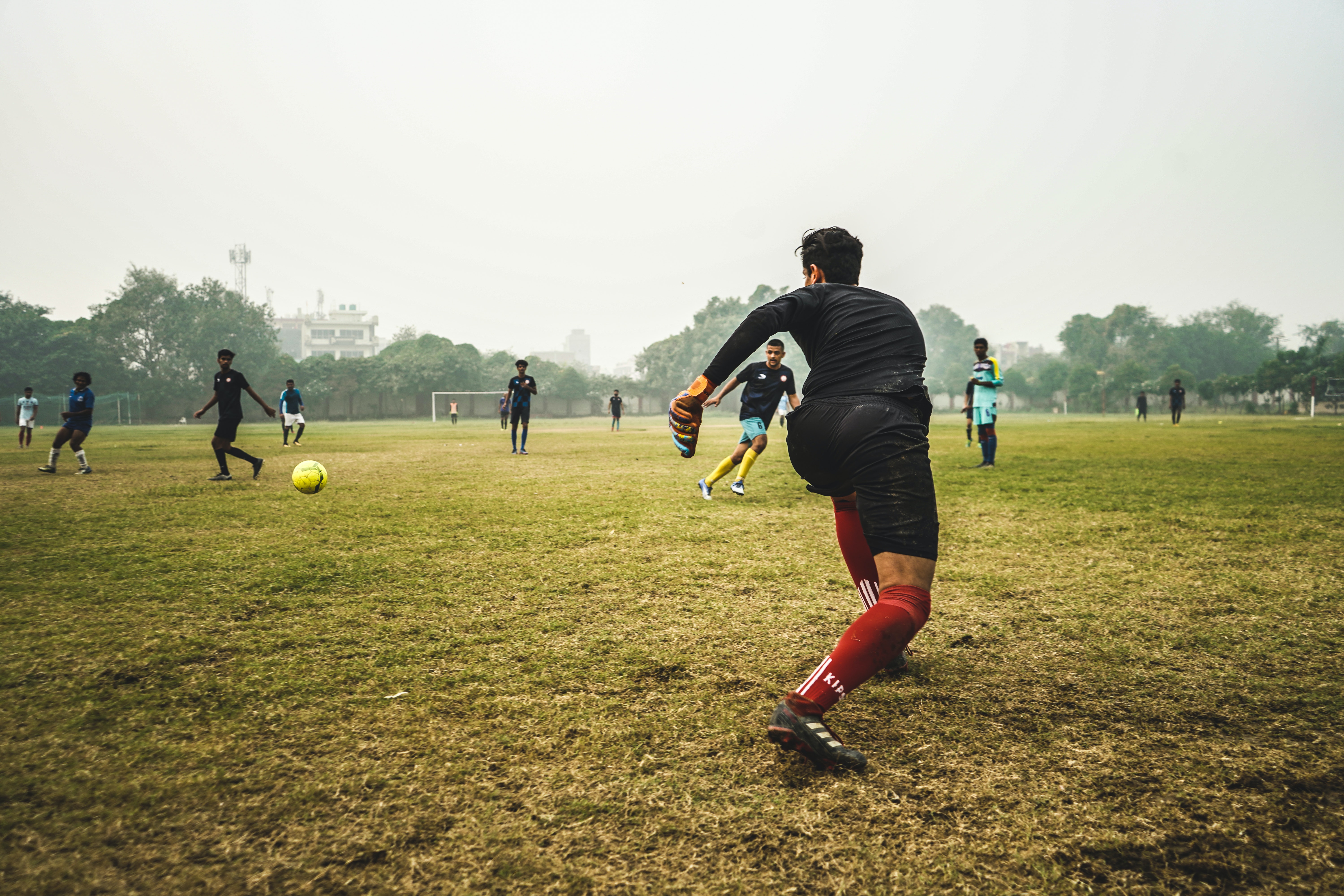Decision making in sports
3 min
The decision making process is the method of gathering information, assessing alternatives, and, ultimately, making a final choice. It is a cognitive process with the goal of making the best decision possible, even in critical situations such as scarce information or lack of time available to take decisions.
Making quick and right decisions is particularly essential in sports.
Sports like soccer, volleyball, tennis, fencing, etc. require fast decisions, sometimes within milliseconds, in order to be successful. Players don’t have a lot of time to weigh options in competitive sports, especially when a 75mph volleyball serve is heading their way. They only have about 0.21 seconds to make the correct read, position body and plan where to hit the ball.
Coaches need to help their athletes in training the decision making skill and let them be more self-reflective, make their own decisions, become more self-reliant, and thus be better prepared for the decisions required to ensure great performances in the competitive setting.
How is decision making trained in athletes?
There are plenty of theories and methods available out there to enhance decision making. When it comes to sports the Decision Training (DT) method has a proven track record as an effective tool for coaches to train decision making in their athletes. This method is a research-based approach to coaching that increases the opportunities the athletes have to make decisions in training similar to those encountered in competition.
Decision Training comprises of a 3 step planning process.
In Step 1, the coach is asked to define the decisions the athlete has to make while performing. Each decision is described within the context of a cognitive skill important in the sport - for example, to increase attention to specific cues, to anticipate a specific event, to retrieve from memory the correct solution, to solve a problem under time constraints. In Step 2, the coach selects a drill or sequence of drills that best trains the decision in the context of simulated competition. Step 3 requires the decisions to be trained using one or more of the Seven DT tools: variable practice, random practice, bandwidth feedback, questioning, video feedback, hard-first tactical instruction, and modelling. Each of these tools provides a higher level of cognitive effort during training while at the same time maintaining a high level of physiological, technical and tactical performance.
When is Decision Training needed?
DT should be used continually in coaching. First, if performance is high during practices, but days, weeks, and months later, there seems to be limited transfer to game situations, DT may be the answer. Second, if your athletes continually make it to the quarter and semifinals, but the championship always seems to get away, DT may be what is needed. Third, if communication between the coach and athletes seems to go downhill over the course of a season, DT may be a way to increase the very necessary high levels of interaction between coaches and athletes required in sport today.
How to track progress in decision making?
To help coaches training athlete’s decision making through Decision Training it is essential to real-time observe, analyze and monitor gains. Modern techology comes in help with GridAPP , a handy mobile application supporting all the steps of observation, analysis and monitoring of performance in sports. This tool exposes an observation grid specifically designed on Decision Training methodology to improve player’s decision making skill both in practice and real competition.
References
Vickers, J.N. 2000. Decision Training: A New Approach in Coaching, Vancouver: Coaches Association of British Columbia.
